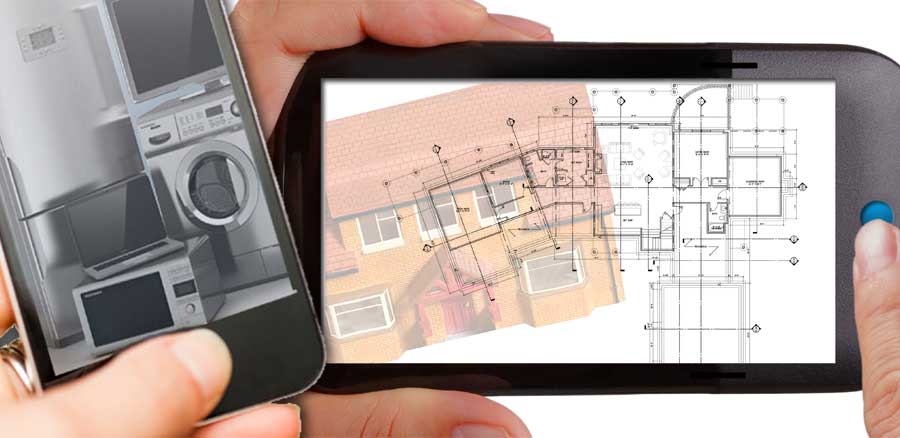During the prolonged housing downturn, green homes provided support to the ailing residential market and now promise to be an important element of the recovering market as well, according  to a new study conducted by Dodge Data & Analytics, in partnership with the National Association of Home Builders (NAHB) and with the support of Ply Gem Industries, a leading manufacturer of exterior building products in North America.
to a new study conducted by Dodge Data & Analytics, in partnership with the National Association of Home Builders (NAHB) and with the support of Ply Gem Industries, a leading manufacturer of exterior building products in North America.
Despite the headwinds created by growing concerns about the cost of building green, a high percentage of home builders and remodelers are already building green and expect to do so in the future. While home builders and remodelers report that consumers of all ages are interested in green, the study also finds that consumers age 55 and older are the most important group driving the current green market. The findings also demonstrate that consumers’ association of green with healthier homes leads to even higher potential for growth in the future, as do increased use of renewable technologies by 2018. To download the new study, “Green and Healthier Homes: Engaging Consumers of All Ages in Sustainable Living SmartMarket Report,” click here.
- The 2015 study, which surveyed 232 builders and remodelers from across the U.S., demonstrates that they recognize the benefits of green building:
- Over half (54 percent) of home builders are currently constructing at least 16% of their new homes green, and 39% of remodelers report that at least 16% of their remodeling projects are green.
- By 2020, nearly all (81 percent) home builders will be constructing that level of green, with over half (51 percent) building at least 60 percent of their new homes green.
By 2020, remodelers report a similar level of growth, with nearly three quarters (74 percent) making at least 16% of their projects green, and over one third (36 percent) completing over 60 percent of their projects green.
These expectations of higher green involvement emerge despite growing concerns about the cost of building green. 77 percent of home builders and remodelers report that building green has an incremental cost over traditional construction of 5 percent or more, notably higher than the 60 percent in 2014 and 58% in 2011 who noted that level of increased cost. While higher cost is also the top obstacle to green reported, it does not appear to have dampened the drive toward green in the market.
“Builders and remodelers have long recognized that green is the future of home building,” said NAHB Chairman Tom Woods, a home builder from Blue Springs, MO. “Since we first began partnering on this study with Dodge Data & Analytics in 2006, we’ve seen that commitment grow. The study’s recent findings reinforce this continued growth, with new homeowner feedback showing a desire and expectation that new homes be high-performing, particularly when it comes to energy conservation. Most builders recognize that they need to be at least conversant in green to stay competitive.”
One key factor driving the growth of green is the association of green homes with healthier living. Home builders and remodelers certainly recognize the potential: most (83 percent) believe that consumers will pay more for homes that are healthier.
“We have seen the commercial sector of the construction industry focus on the impact of buildings on the health of their occupants in the last few years, but these findings suggest that attention to healthier homes may offer an even higher gain for green in the residential market,” said Steve Jones, Senior Director of Industry Insights at Dodge Data & Analytics, “especially as consumers become better informed about the features that make homes more sustainable and healthier, and begin to demand them.”
Another factor leading to growth in the residential market is the increasing use of renewable energy. The study demonstrates that the use of renewable technologies is expected to grow across the board, revealing an interest in energy performance that goes beyond green. By 2018, nearly half of home builders and remodelers expect to be using solar photovoltaic (48 percent) and ground source heat pump (52 percent) technologies. Net zero homes are also emerging as an important trend, with nearly one quarter (21 percent) of home builders having built a net zero home in the last two years.
One interesting finding of the new study is that the greatest impetus for green homes comes, not from millennials as many people might expect, but from consumers age 55 and older. Data from the study suggest that greater familiarity with home features leads to an emphasis on home performance. Therefore, as the environmentally-minded millennials gain more experience with homeownership, it is quite possible that there could be even greater demand for green in the future.
To download the new study, “Green and Healthier Homes: Engaging Consumers of All Ages in Sustainable Living” SmartMarket Report, click here.
Reprinted with permission from RISMedia. ©2015. All rights reserved.
Looking for a Luxury Home?


